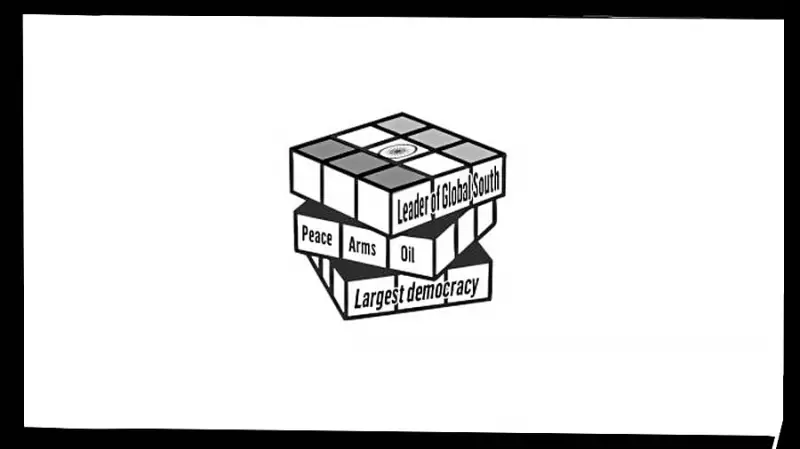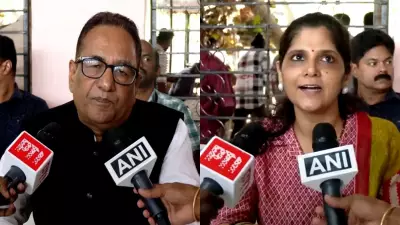
India's diplomatic positioning on the world stage presents a fascinating study in contrasts. While the country projects an image of confident global leadership and strategic autonomy, the reality reveals significant gaps between ambition and execution.
The Grand Vision: India as Global Leader
Under Prime Minister Narendra Modi's government, India has aggressively pursued a role as a voice for the Global South and an emerging great power. High-profile diplomatic initiatives include:
- Hosting the G20 summit with considerable fanfare
- Positioning as the "Vishwaguru" or world teacher
- Advocating for reformed multilateralism
- Claiming leadership of the Global South
These efforts have yielded some successes, particularly in raising India's international profile and strengthening ties with Western powers.
Ground Realities: Challenges and Contradictions
Despite the lofty rhetoric, several factors constrain India's foreign policy effectiveness:
Regional Security Concerns
The ongoing border standoff with China in Ladakh, now entering its fifth year, represents a significant strategic challenge. Despite numerous rounds of talks, a resolution remains elusive, forcing India to maintain substantial military resources along the border.
Neighborhood Relations
Relations with immediate neighbors remain complex. While India has made efforts to improve ties with Bangladesh and strengthen connectivity with Southeast Asia, challenges persist with Pakistan and Nepal, limiting regional integration.
Economic Diplomacy Gaps
India's decision to abstain from regional trade agreements like RCEP has raised questions about its economic engagement strategy. Balancing protectionist domestic policies with global economic ambitions remains a delicate act.
The Balancing Act: Strategic Autonomy in Practice
India's approach to major power relationships demonstrates both skill and limitations. While maintaining ties with both Russia and Western nations during the Ukraine conflict showcased diplomatic dexterity, it also highlighted the constraints of non-alignment in a polarized world.
The Quad partnership with US, Japan, and Australia has progressed, but India remains cautious about transforming it into an overt anti-China alliance, reflecting its preference for strategic autonomy.
Domestic Foundations of Foreign Policy
External ambitions often face domestic constraints. Economic growth, while robust, must address employment challenges and income disparities to provide a stronger foundation for global influence. Infrastructure development and manufacturing capacity—key to both economic growth and strategic autonomy—require continued focus.
Looking Ahead: Bridging the Ambition-Reality Gap
For India to truly realize its global leadership aspirations, several areas need attention:
- Economic transformation that matches diplomatic ambitions
- Resolution of border disputes to free strategic resources
- Deeper regional integration in South Asia
- Investment in strategic capabilities across domains
The gap between India's foreign policy aspirations and ground realities isn't unique among rising powers. However, recognizing these challenges honestly is the first step toward addressing them effectively. As India continues its rise, how it navigates these contradictions will determine its ultimate place in the international order.





